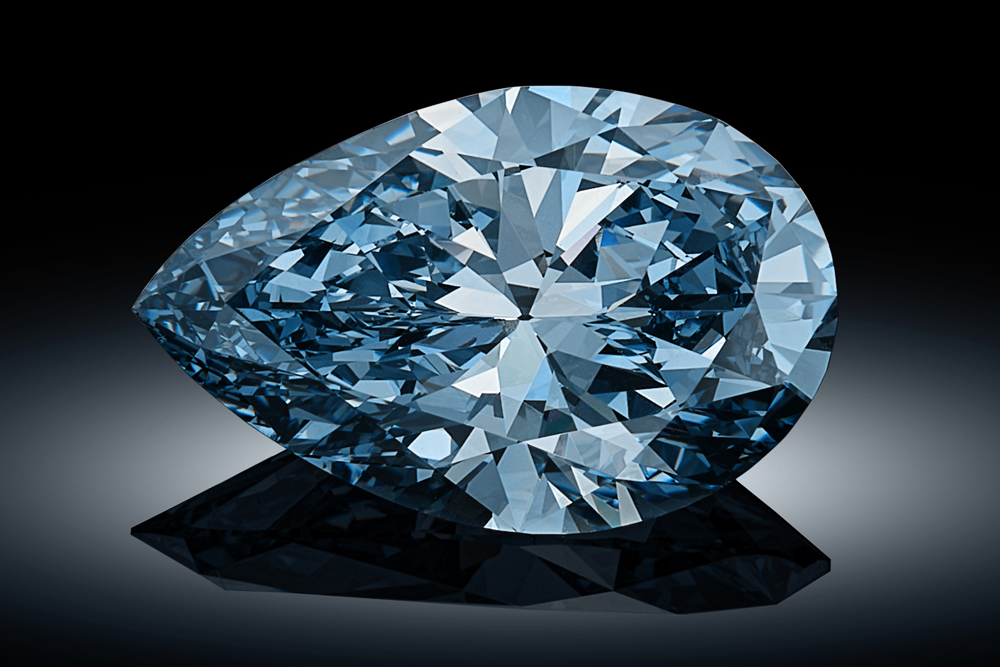When it comes to selecting the perfect diamond for an engagement ring, anniversary gift, or special occasion, the decision between mined diamonds and lab diamonds can be a complex one. While both types of diamonds share the same appearance, chemical composition, and durability, their origins, pricing, and environmental impact differ significantly. In this article, we will explore the key differences between mined diamonds and lab diamonds, offering insights to help you make an informed decision.
What Are Mined Diamonds?
Mined diamonds are natural diamonds that are extracted from the Earth through various mining methods, such as open-pit mining, underground mining, and alluvial mining. These diamonds are created under intense heat and pressure deep within the Earth’s mantle over billions of years. The mining process involves extracting large quantities of rock from the Earth, separating the diamonds from the surrounding material, and then cutting and polishing the stones for use in jewelry.
The process of mining diamonds has been practiced for centuries, and these diamonds have long been considered symbols of luxury, wealth, and timeless beauty. However, mining diamonds is an incredibly resource-intensive and environmentally damaging process. The extraction of diamonds can contribute to deforestation, soil erosion, and water pollution, raising concerns about the ethics and environmental impact of natural diamond mining.
What Are Lab Diamonds?
Lab diamonds, also known as mined or lab diamonds or synthetic diamonds, are diamonds that are produced in a laboratory using advanced technology. The two primary methods for creating lab diamonds are:
1. High Pressure High Temperature (HPHT)
In the HPHT method, carbon is subjected to extreme pressure and temperature conditions that mimic the natural environment in which diamonds form beneath the Earth’s surface. This process creates diamonds that are chemically and physically identical to natural diamonds.
2. Chemical Vapor Deposition (CVD)
The CVD method involves the use of gas (typically methane) that is heated to high temperatures, allowing carbon atoms to deposit on a diamond seed, which gradually forms a diamond. Like HPHT, CVD-grown diamonds are identical to natural diamonds in terms of composition and appearance.
Unlike mined diamonds, lab diamonds are created in a matter of weeks rather than billions of years, making them a more sustainable and ethical option. The process of producing lab diamonds requires significantly less land disturbance and uses fewer natural resources.
Key Differences Between Mined Diamonds and Lab Diamonds
1. Origin and Creation
- Mined Diamonds are formed deep within the Earth under extreme pressure and heat over billions of years, making them a natural product.
- Lab Diamonds are man-made and produced in controlled laboratory environments using advanced technology. They are identical to natural diamonds in terms of chemical structure and physical properties but are created in a fraction of the time.
2. Price
- Mined Diamonds tend to be significantly more expensive due to their rarity, the costs involved in mining, transportation, and the perceived luxury of natural stones. Prices are also influenced by factors such as size, clarity, cut, and color.
- Lab Diamonds are generally 20-40% cheaper than mined diamonds of similar quality. This is due to the lower costs of production and the fact that lab diamonds do not require the extraction and transportation of natural materials. As a result, you can get a larger diamond or a higher quality stone at a fraction of the price.
3. Environmental Impact
- Mined Diamonds contribute to significant environmental damage. The mining process can cause deforestation, habitat destruction, and water pollution. Additionally, the energy consumption involved in traditional diamond mining can contribute to carbon emissions and other forms of environmental degradation.
- Lab Diamonds, in contrast, have a much smaller carbon footprint and environmental impact. Since they are produced in laboratories, they do not require large-scale land excavation, and the production process is more controlled and sustainable. While lab diamond production still requires energy, it is far less intensive compared to mining.
4. Ethical Considerations
- Mined Diamonds have long been associated with ethical concerns. The diamond industry has faced criticism for the use of conflict diamonds, or blood diamonds, which are mined in war zones and sold to fund armed conflict. Although the Kimberley Process has made significant strides in preventing the trade of conflict diamonds, ethical issues surrounding the treatment of workers and environmental damage remain.
- Lab Diamonds are considered a more ethical choice because they are not associated with conflict or harmful mining practices. Since they are created in a controlled environment, they are free from concerns related to child labor, poor working conditions, and environmental destruction. Lab diamonds are considered conflict-free by nature.
5. Durability and Appearance
Both mined diamonds and lab diamonds are made of carbon atoms arranged in a crystal lattice, giving them the same durability, hardness, and brilliance. They both score a perfect 10 on the Mohs scale of hardness, making them incredibly resistant to scratches and damage.
In terms of appearance, lab diamonds are chemically and physically identical to mined diamonds. They both exhibit the same level of sparkle and fire. The only way to tell the difference between a lab diamond and a natural diamond is through specialized equipment and expert examination, as they share the same visual characteristics.
6. Resale Value
- Mined Diamonds have traditionally had a higher resale value because they are perceived as rarer and more valuable. However, diamond resale values can be quite volatile and often do not retain their original purchase price.
- Lab Diamonds generally have a lower resale value because they are not as rare as mined diamonds. The market for lab-created diamonds is still evolving, but they are likely to be valued based on their quality, size, and appearance rather than their rarity.
Why Choose Lab Diamonds?
While both mined diamonds and lab diamonds offer undeniable beauty and quality, lab diamonds have gained popularity for several reasons:
- Affordability: Lab diamonds offer the same quality and brilliance as mined diamonds at a lower cost, allowing consumers to purchase a larger or higher quality diamond within their budget.
- Ethical and Environmental Responsibility: Lab diamonds are the ethical and environmentally conscious choice. They do not contribute to the ethical issues tied to diamond mining, and their production process is more sustainable and resource-efficient.
- High Quality: Lab diamonds are chemically, physically, and optically identical to natural diamonds, meaning they have the same durability, hardness, and sparkle.
- Conflict-Free: Lab diamonds are free from the concerns associated with conflict diamonds and blood diamonds.
Conclusion: Mined Diamonds vs. Lab Diamonds
When choosing between mined diamonds and lab diamonds, the decision ultimately comes down to personal preferences, values, and budget. Mined diamonds are traditionally viewed as a symbol of luxury and prestige, but they come with ethical and environmental concerns. Lab diamonds offer a more affordable and sustainable alternative without sacrificing the brilliance, durability, or appearance of natural diamonds.
For those seeking an ethical, sustainable, and cost-effective option, lab diamonds are an excellent choice. Whether for an engagement ring, an anniversary gift, or another special piece of jewelry, lab-created diamonds allow you to enjoy the beauty and luxury of diamonds while making a positive impact on the planet.





